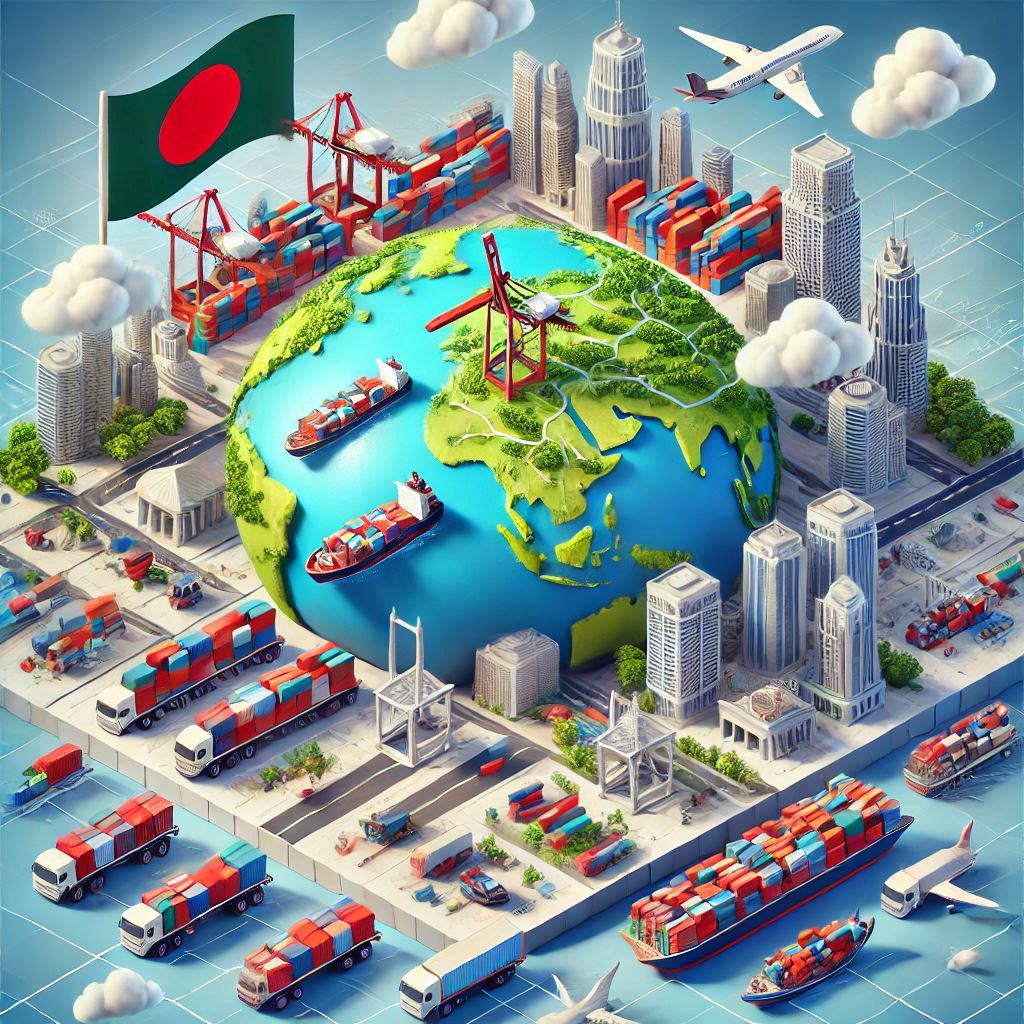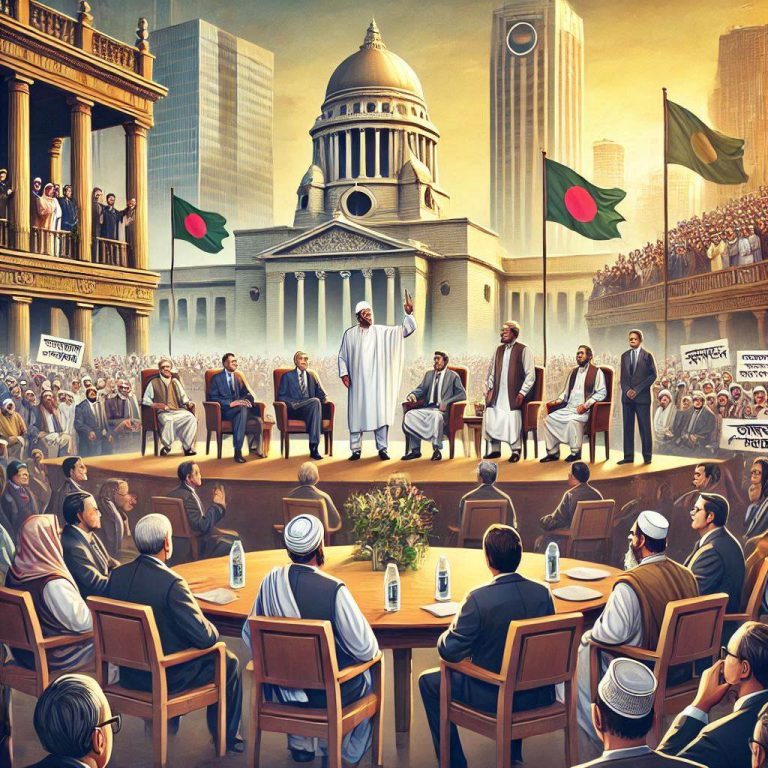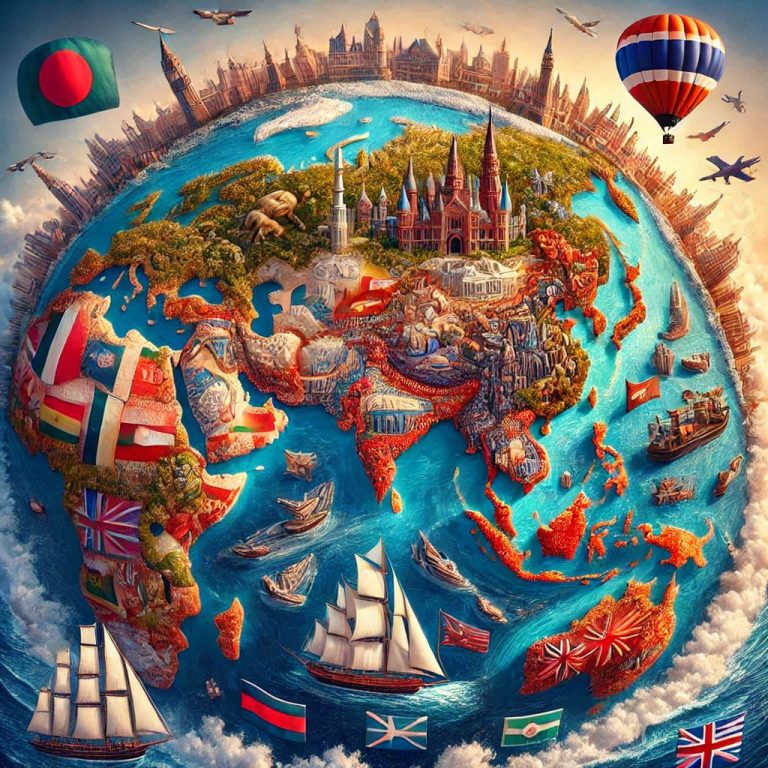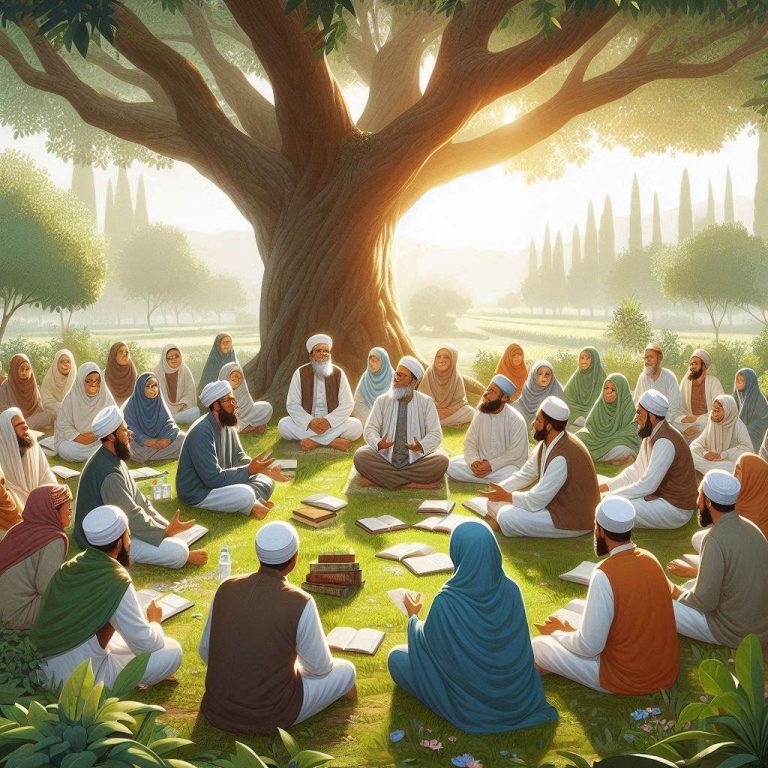
Introduction.
Bangladesh, a vibrant and rapidly developing economy in South Asia, has emerged as a significant player in the global trade arena. Situated strategically at the northeastern edge of the Indian subcontinent, the country has transformed its economic narrative from a predominantly agricultural economy to a dynamic hub of international trade and commerce. This comprehensive exploration delves into the intricate world of import and export businesses in Bangladesh, examining the historical context, current landscape, challenges, opportunities, and future prospects of the nation’s international trade ecosystem.
The journey of Bangladesh’s trade sector is a testament to the country’s remarkable economic resilience and adaptive capabilities. From its independence in 1971 to the present day, Bangladesh has undergone a profound economic metamorphosis, leveraging its strategic geographical location, abundant labor force, and progressive economic policies to establish itself as an emerging economic powerhouse.
Historical Context of Trade in Bangladesh.
Pre-Independence Trade Landscape:
Before its independence, the region now known as Bangladesh was part of the British colonial system and later Pakistan, with an economy heavily dependent on agricultural exports. The partition of India and subsequent formation of Pakistan significantly disrupted traditional trade routes and economic structures.
Post-Independence Economic Challenges:
Following independence in 1971, Bangladesh faced enormous economic challenges. The nation’s infrastructure was devastated by a liberation war, and its economy was predominantly agrarian with minimal industrial development. The initial years were characterized by:
Widespread poverty.
Limited international trade connections.
Minimal industrial infrastructure.
Dependence on foreign aid and assistance.
Economic Liberalization and Transformation.
The 1980s and 1990s marked a crucial turning point in Bangladesh’s economic trajectory. Key reforms included:
Gradual trade liberalization.
Privatization of state-owned enterprises.
Opening up of the economy to foreign investments.
Implementation of market-oriented economic policies.
Current Import and Export Ecosystem.
Major Export Sectors.
Readymade Garments (RMG).
The readymade garment sector represents the crown jewel of Bangladesh’s export portfolio. Key characteristics include:
Accounts for approximately 84% of total export earnings.
Employs around 4 million workers, predominantly women.
Serves major global markets like the United States and European Union.
Known for competitive pricing and increasing quality standards.
Agricultural Exports.
While less prominent than the RMG sector, agricultural exports play a significant role:
Key products include jute, tea, fish, and seafood.
Growing emphasis on value-added agricultural products.
Increasing focus on organic and sustainable farming practices.
Emerging Export Sectors.
Bangladesh is diversifying its export portfolio through:
Leather and leather goods.
Pharmaceuticals.
Information technology and software services.
Ceramic products.
Handicrafts.
Import Dynamics.
Key Import Categories.
Bangladesh’s import landscape is characterized by:
Machinery and industrial equipment.
Petroleum and energy resources.
Raw materials for manufacturing.
Agricultural inputs.
Consumer electronics.
Pharmaceutical raw materials.
Major Trading Partners.
Bangladesh maintains robust trading relationships with:
China.
India.
European Union countries.
United States.
Japan.
Singapore.
Regulatory Framework and Trade Policies.
Government Initiatives.
The Bangladesh government has implemented several strategic initiatives to support trade:
Export-oriented industrialization policies.
Establishment of export processing zones.
Simplification of trade documentation.
Investment in port infrastructure.
Digital transformation of customs procedures.
Trade Agreements and Memberships.
Bangladesh participates in multiple international trade frameworks:
World Trade Organization (WTO) member.
Bay of Bengal Initiative for Multi-Sectoral Technical and Economic Cooperation (BIMSTEC).
Generalized System of Preferences (GSP).
Participating in regional economic cooperation mechanisms.
Challenges in Import and Export Business.
Infrastructural Limitations:
Inadequate port facilities.
Congested transportation networks.
Limited logistics infrastructure.
High transaction costs.
Regulatory Complexities:
Complex bureaucratic procedures.
Multiple clearance requirements.
Limited digital integration.
Inconsistent policy implementations.
Global Competitive Pressures:
Rising labor costs.
Competition from other low-cost manufacturing nations.
Evolving global trade dynamics.
Technological disruptions.
Compliance and Standards:
Meeting international quality standards.
Environmental and labor compliance.
Adapting to changing global trade regulations.
Opportunities and Future Outlook.
Technological Integration:
Digital trade platforms.
Blockchain in supply chain management.
Advanced logistics technologies.
E-commerce expansion.
Sectoral Diversification:
Focus on high-value manufacturing.
Development of knowledge-based industries.
Investment in research and development.
Expansion of service sector exports.
Sustainability and Ethical Trade:
Green manufacturing practices.
Emphasis on sustainable production.
Ethical labor standards.
Circular economy principles.
Global Value Chain Integration:
Strategic positioning in global supply chains.
Attracting multinational corporate investments.
Developing specialized economic zones.
Enhancing human capital capabilities.
Economic and Social Impact.
Employment Generation:
Creating millions of jobs.
Empowering workforce, especially women.
Skill development programs.
Urban-rural economic transformation.
Foreign Exchange and Economic Stability:
Significant foreign exchange earnings.
Reducing dependency on foreign aid.
Supporting national economic resilience.
Attracting foreign direct investments.
Conclusion.
Bangladesh’s import and export landscape represents a dynamic and promising economic frontier. From its humble beginnings post-independence to its current status as a significant global trade player, the country has demonstrated remarkable adaptability and potential.
The journey ahead involves continuous innovation, strategic investments, policy reforms, and a commitment to sustainable and inclusive economic development. By addressing existing challenges and leveraging emerging opportunities, Bangladesh is poised to elevate its position in the global trade ecosystem.
The future of Bangladesh’s trade sector is not just about economic transactions but about creating a robust, resilient, and forward-looking economic narrative that can serve as a model for developing economies worldwide.
Key Takeaways:
Bangladesh has transformed from an agrarian economy to a significant global trade player.
The readymade garment sector remains the primary export driver.
Continuous policy reforms and technological integration are crucial.
Diversification and sustainability are key future strategies.
The country presents significant investment and trade opportunities.





